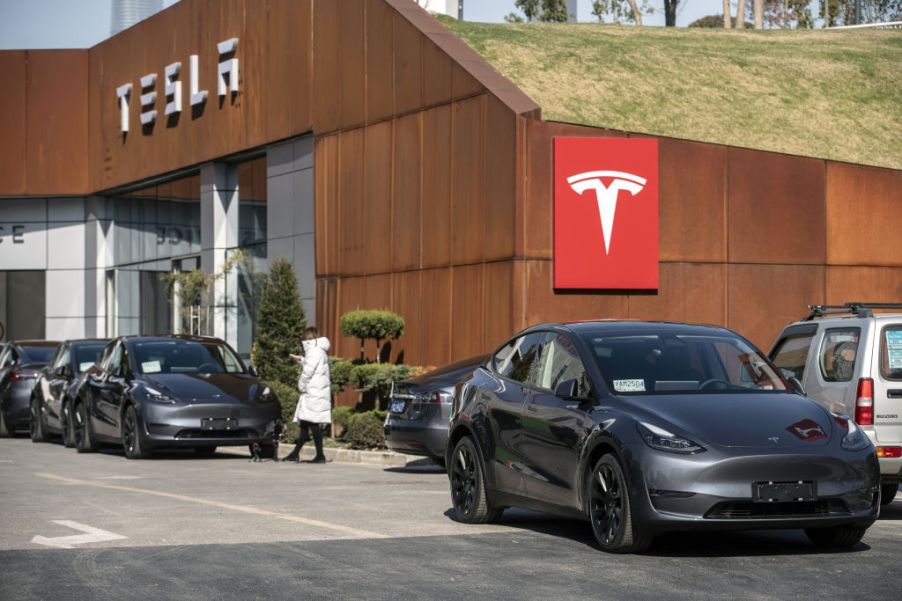
The Tesla Model 3 and Model Y Ditch Radar Sensors
Tesla is shaking things up in their lineup once again. This time, it’s in the form of their driver assistance software. According to the Palo Alto-based company, Model 3 and Model Y vehicles delivered scheduled for May of 2021 will no longer be equipped with radar cruise, at least for now. This news comes as Tesla prepares to transition from the use of cameras for radar cruise to software they call “Tesla Vision”. The software is an interesting approach to a feature many consumers expect to be standard in new cars today.
What is Tesla Vision?

As is always the case with the EV brand, there’s more to it than a simple software change. Tesla Vision aims to make use of “camera vision and neural net processing” to accomplish the use of safety features like the company’s Full Self Driving and Autopilot software. This update will fundamentally change how adaptive cruise works in Teslas, a shift from the norm. Radar systems in modern cars function by bouncing radar waves off the back of the car in front and adjusting the brake and throttle inputs according to the distance and speed of the car ahead.
Instead, Tesla’s system will use a series of cameras to analyze the speed and distance of cars around it, and adjust the driver’s desired speed accordingly. According to the brand’s founder, Elon Musk, this shift in technology will pave the way for future models being classified as Level 5 full self-driving vehicles, meaning the car requires no input whatsoever from the driver.
Some features will be hampered for now

There are some downsides here. Because of this update, both the Model 3 and Model Y will not have radar cruise for an unspecified amount of time. It’s a big feature to eliminate with no timeline, and will certainly affect sales of new models. That is until the new Tesla Vision software is up to speed. Among these affected features are Autosteer and Smart Summon. The latter is debatably the coolest feature of these cars; allowing drivers to summon their car to them a la Batman.
As for Autosteer, usage will be limited rather than eliminated. There will be no minimum following distance; which could be potentially dangerous given the number of Tesla crashes seen in the news lately. Moreover, the system will be limited to a max of 75 mph. This one is less of an issue given that 75 mph is breaking the speed limit pretty much anywhere.
What does this mean for Full Self Driving?

Upsides are plentiful once the technology becomes fully active, however. Level 5 self-driving will change the face of driving as we know it. Whether it will be for better or worse remains to be seen. The fact of the matter is, Tesla has made customers pay a whopping $10,000 for a feature they can’t even use yet. Whether this pays off in the future remains to be seen.


